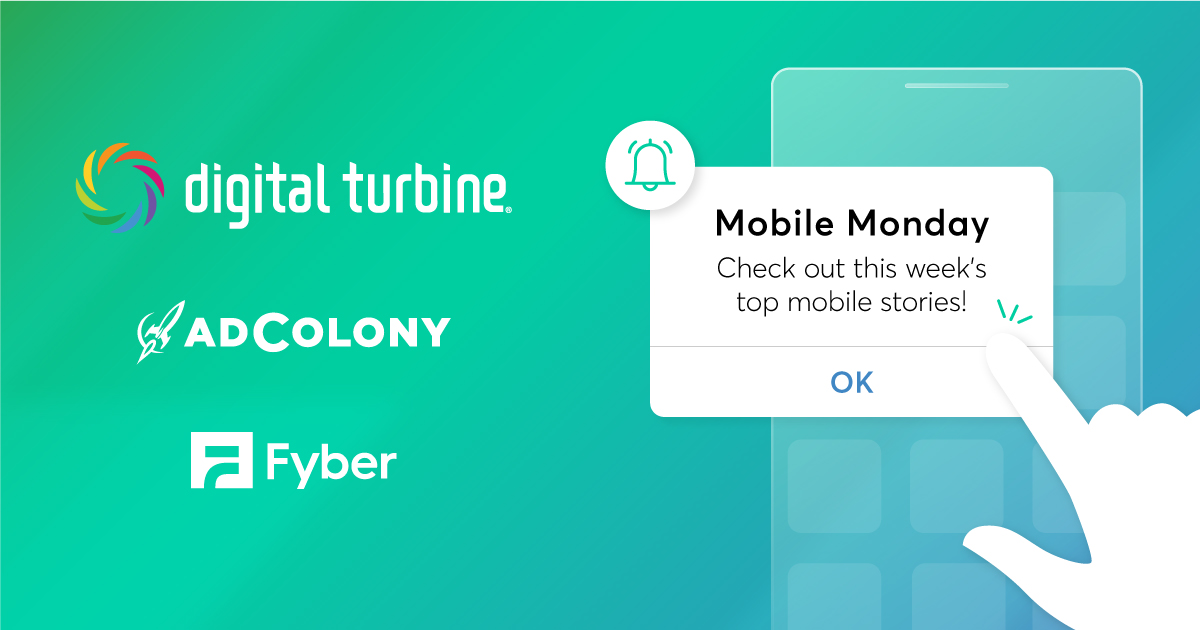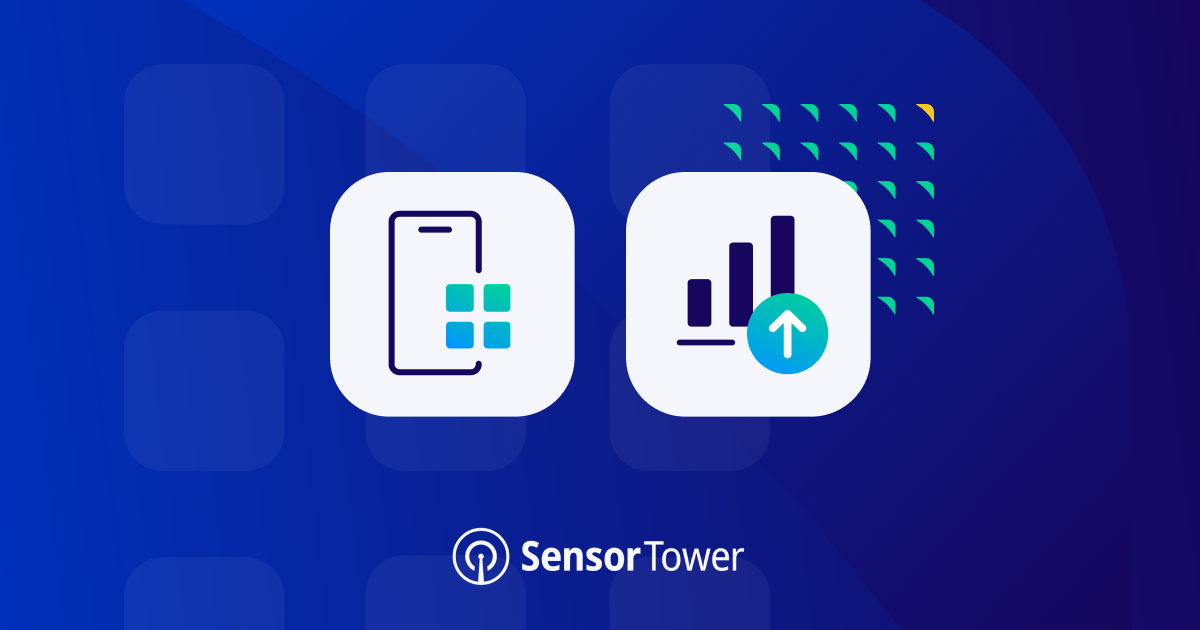In this edition of Mobile Monday, we’re taking a look at what more natural gestures could mean for the mobile experience and celebrating the mobile apps created by 80 brilliant and aspiring student developers.
Natural Gestures
Pinching, swiping, and tapping are all fairly familiar gestures for mobile users. However, these gestures only scratch the surface of the multi-touch user experience. To expand upon what’s possible, gesture control company Qeexo plans to develop virtual tools that enable users to use real world gestures on their devices. As their CEO Sang Won Lee told Digital Trends:
“The reason we don’t use three- or four-finger gestures is because we can’t remember what they do — but you can probably hold a computer mouse with your eyes closed, right?”
Already, mobile users are familiar with the concept of light versus firm tapping and short versus long presses. With Qeexo’s technology, even the area of the finger used to make the gesture will have an impact. For instance, a knuckle tap will have a different meaning than a fingertip tap. While it sounds complicated, they are focused on making their gestures most closely resemble the real world versions.
So what does all of this mean for app developers? In short, user experiences will evolve. Once Qeexo style gestures become the norm across iOS and Android, users will begin to expect a new level of interactivity options within their existing apps. Granted, not every app needs to implement every gesture, and this is not a call to send already enjoyable user experiences back to the drawing board.
It is, however, the light at the end of the tunnel for traditional publishers currently struggling to provide the same level of user experience on mobile as their users have come to expect on other platforms. It also could be exponentially more interesting in VR applications, though that’s another discussion.
Hello World’s Child Engineers
What does it take to make an app? In Texas, 80 students recently found out as they completed the inaugural Hello World engineering program. Fourth, fifth, and sixth graders completed a program teaching multiple aspects of mobile development, from UI and UX to development and data science. Divided into 12 teams, the students developed some rather interesting apps, including:
- a homework helper meets smarthome app that helps students focus on their to-do list by enabling remote control of in-room music and lighting
- a buddy system app to help students transition from elementary school to middle school
- a navigation app to help students find their way through school campuses
- a study aid app complete with guides, games, and communication tools to streamline student to teacher correspondence
So what did the students learn, and what might we take away from their experience. As James Caras of MacMillan Learning summarized, “customer empathy is key to developing a successful app.”
Join the Conversation
Mobile Monday examines the latest news, trends, and developments in mobile apps, tech, and advertising. Do you have a story to share for the next Mobile Monday? Tweet it to @AdColony. For the latest AdColony mobile news and updates, follow @AdColony on Twitter, like us on Facebook, or connect on Linkedin.
- Rewarding to Engage: New Mobile User Survey Results Now Available - March 28, 2018
- Mobile Monday: Mixed Reality Promotion, Seriously Connected Fans, & FCC Acceleration - March 26, 2018
- Mobile Monday: GDC 2018 - March 19, 2018



